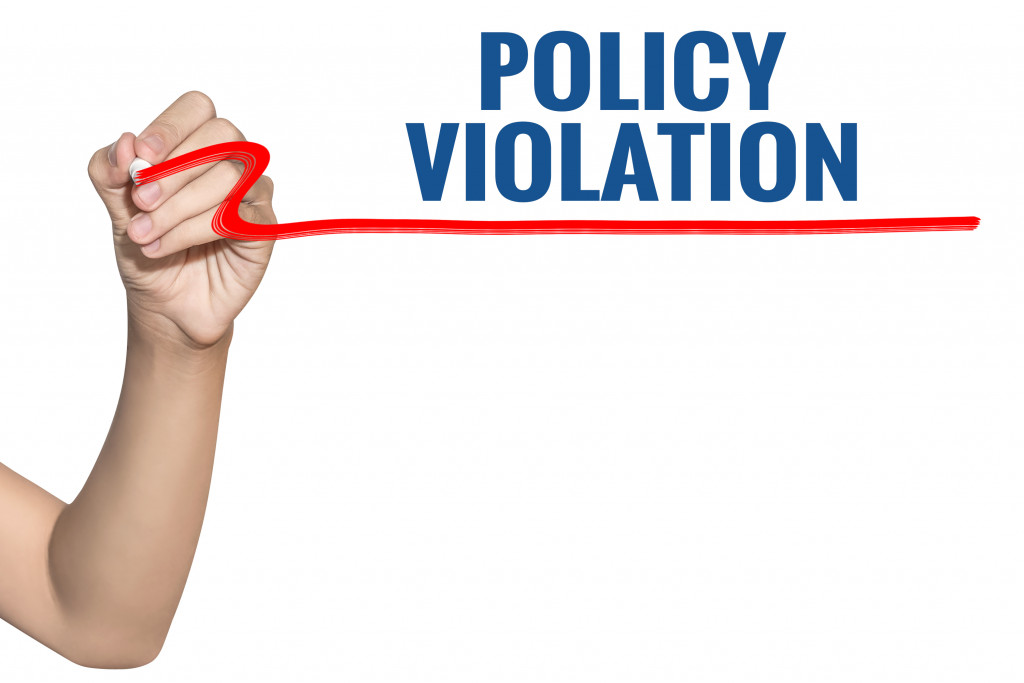- Utilize automated regulatory compliance solutions to streamline processes and ensure compliance with industry regulations.
- Develop records management and data protection policies and regularly review these policies.
- Implement training and education programs covering data security, GDPR, etc.
- Identify non-compliance issues and take corrective action.
- Establish a reporting system with designated contacts and formal processes for investigating reported violations.
Getting your business to comply with regulations is essential to any successful organization. Every business needs to proactively ensure its operations, processes, and practices meet regulatory standards to protect the safety and well-being of customers, employees, and communities. Achieving these goals requires careful planning and execution and ongoing monitoring for changes in local, state, and federal regulations. This guide will provide an overview of the steps necessary to ensure your organization complies with relevant laws and regulations.
1. Utilize Automation Solutions
Utilizing reliable automated regulatory compliance solutions can help your business streamline its processes to comply with industry regulations. Automation tools allow you to easily monitor changes in laws and regulations, track the status of compliance projects, and instantly identify potential violations. Furthermore, these solutions can automate the documentation of compliance activities, such as tracking employee training on data security and GDPR. Automated compliance solutions can help you stay up-to-date on regulations, remain compliant with new ones, and ensure your staff is adequately educated.
2. Develop Policies for Records Management and Data Protection
A clear policy for how your business handles customer data and records is essential to ensure compliance. Your policies should include how you collect, store, access and use personal information; how it is kept secure; who has access to it; and what measures you take to protect the security of the data. Regular reviews of these policies should be conducted to ensure they are up-to-date.
3. Implement Training and Education

All employees and stakeholders of the business must understand the regulations and policies in place to ensure compliance. As such, businesses must invest in training programs and educational materials for staff on topics such as data security, GDPR and other relevant regulations. These programs should be regularly updated to ensure staff is always aware of the latest changes to the law.
4. Identify Non-Compliance and Taking Action
To ensure that your business is compliant, it is important to have a system to monitor potential violations and take corrective action when necessary. This could involve running regular audits or using automated systems to detect potential compliance risks. Once an issue is identified, it should be addressed immediately with the relevant departments within the business to ensure continued compliance.
5. Establish Reporting Systems
A system for reporting potential compliance violations is important to ensure that issues are addressed quickly and effectively. Having an effective response plan to address any reported violations is also important.
Here are ways to establish a reporting system:
Establish a Designated Contact for Reporting Violations
The first step in establishing effective reporting systems is to designate one or more company employees who handle compliance reports and inquiries. This contact should know the relevant laws and regulations, as well as an understanding of how to investigate any reported violations. Additionally, this person should be familiar with the company’s policies and procedures.
Develop a Formal Process for Reporting Violations

The next step is to create a formal process in which employees can report potential compliance violations. This should include an easy-to-use form or platform that allows employees to submit complaints anonymously if desired. It should also include detailed instructions for completing and submitting the form and information about what happens after a complaint is filed.
Establish Policies for Investigating Reports
Once reports of potential compliance violations are received, it’s important to have policies for how those complaints will be investigated. This should include internal and external processes, depending on the severity of the violation. For example, some issues may require an external investigation, while a designated team within the company can handle others.
Put Measures in Place to Protect Whistleblowers
Reporting compliance violations can sometimes put whistleblowers at risk of retaliation or discrimination in the workplace. To protect whistleblowers, it’s important to put measures in place to ensure they are not subjected to harmful behavior due to their reporting. This could include guaranteeing anonymity on reports or providing other forms of protection for those who report violations.
In Summary
Businesses can ensure that their operations and processes comply with all applicable regulations by taking these steps. This not only safeguards your business from potential legal action but also helps to maintain a good reputation amongst customers and stakeholders. Investing in compliance systems and training can help your business to remain compliant and protect its bottom line.




